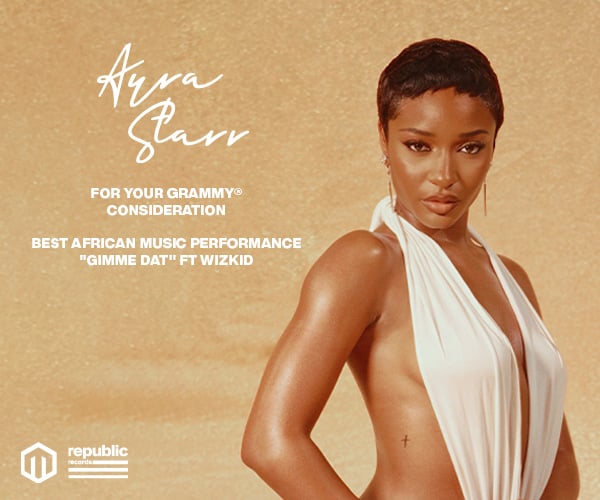
The following MBW blog comes from Paul Pacifico (pictured), CEO of the UK’s Featured Artists Coalition and President of the global umbrella for artists coalitions – the IAO…
As artists, we appear to be at the wrong end of the value chain. Our IP is used to build vast corporations, but what do we get in return?
This Value Gap is a crucial issue for us, and it is reassuring that it is at last a much discussed topic in the music industry and in Brussels alike.
This is global. I was in Washington a few weeks ago for a series of meetings and conferences and this issue of value gap is gaining traction in the US capital too.
At the meeting of global songwriters’ organisation CIAM in September in Siena, the analysis was the same: a fairer system needs to be put in place. In short, this needs to be fixed.
The music industry speaks loudly on the issue, often criticising tech platforms who use so-called Safe Harbour legislation intended for ISPs and email providers to offer music for ‘free’ in competition with fully licensed services that are required to negotiate market rates.
“The ‘value gap’ can be applied to other parts of the music value chain as much to the ‘youtube question’.”
The Value Gap has increased exponentially over the last decade due to the tremendous explosion in consumer use of these digital platforms.
Indeed the statistics produced by the IFPI are startling with YouTube apparently representing around 40% of all music consumption whilst contributing just 4% of all revenues.
However the term ‘Value Gap’ can be applied to other parts of the music value chain as much to the ‘YouTube Question’.
The music industry represents a delicate, interdependent ecosystem that has grown up to manage and administer the complex web of rights generated when an artist does the apparently simple thing of writing and recording a song.
Key to the music market is the fact that the artist is never completely separated from their work. Deals are done on the basis of advances and royalties meaning that the artist maintains a financial interest in their work throughout the value chain, irrespective of how many intermediaries stand between creator and consumer. However this value chain is utterly obscured from artists in the rise of the Non-Disclosure Agreement (NDA) culture that has become ubiquitous in music.
Percentages become meaningless if you can’t see the basis on which they are calculated.
In this context, the very concept of intermediaries is under the microscope as never before. New technologies – like block chain – question the architecture of the music industry as it faces ever higher transaction volumes and lower transaction values; those caught in the middle are feeling the heat. Or at least ought to be.
Monopolies of the means to produce, distribute and license music in the 20th Century led to an industry architecture that prioritised the intermediaries, leaving consumers feeling over-charged and creators short-changed.
“One thing is clear: the artists whose music the industry is based on need to be part of the solutions.”
When the old-world walls were breached by Napster, fear gripped the industry, but as new structures emerged and first download then streaming platforms showed how value could be captured from digital, the pendulum, pushed so far to the side of the intermediaries in the crisis, has yet to swing to anything like a balanced middle ground.
The imposition of old world business models for artists is clearly problematic but allied to a failing value chain, the industry’s inefficiency is thrown into sharp relief.
For example, mainstream consumers are transitioning from music ownership to models based around access and they are using streaming services to replace both sales and broadcast behaviours from the old world but this is not reflected in the treatment of rights when it comes to performer remuneration.
Equally, an artist can record and release a track into the global digital marketplace in minutes, but can wait up to four years to get paid by the time the money finds its way back through the web of collecting societies and rights holders put in place to manage and aggregate local markets back when everything was powered by steam.
Attempts to fix the market have yielded mixed results with successes such as the introduction of digital aggregator services for independent artists but also failures such as the abandoned Global Repertoire Database.
One thing is clear: the artists whose music the entire industry is based on need to part of the solutions, such as the ‘Four Pillars for Fairness’ proposed by the IAO in the European copyright review:
- Transparency – through the value chain where participants maintain a financial interest in that value chain
- Duty of Care – an enhanced legal duty of care from intermediaries to artists ensuring artists are protected when intermediaries own or license their work
- Fair Share of Value – that artists benefit from the correct proportion of the value their work generates, irrespective of the structure of deals done between their intermediaries and platforms
- Remuneration Rights – appropriate transitioning of remuneration rights into the digital age to protect the creative ecosystem
The rise of artist advocacy groups in multiple territories show that creators are coming together to take their seat at the table in the discussions. The consolidation of the International Artist Organisation (IAO) allows us to formulate policy across national boundaries and speak with one voice.
Whilst much of what needs to be done ought to be fixed at the contractual level, consideration is needed in the legislative framework to set a level playing field for those negotiations as so often individual creators have very little leverage.
Put simply, an industry governed by better legislation would better foster creation, innovation and enjoyment for artists, platforms and consumers alike. And would close the value gap in favour of creators and consumers alike.Music Business Worldwide





